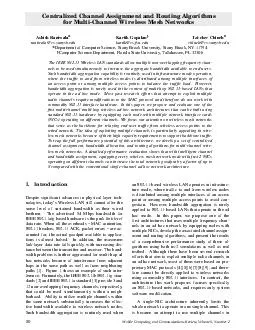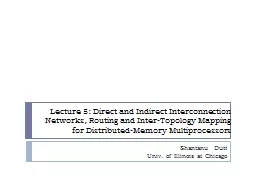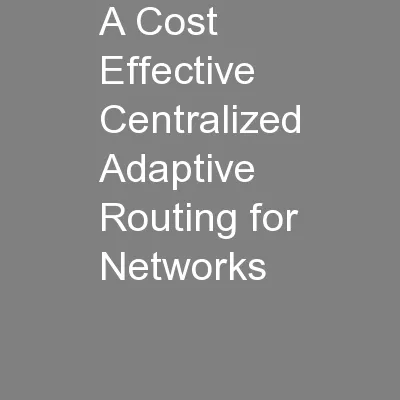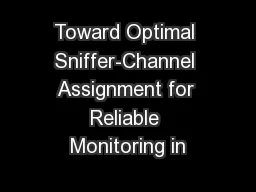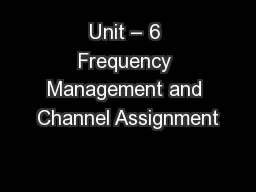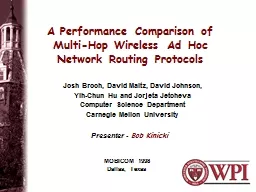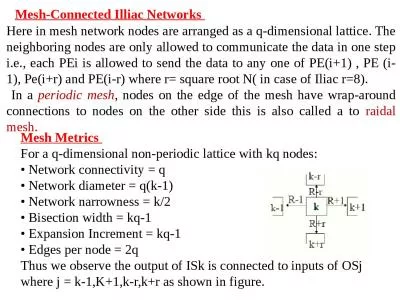PDF-Centralized Channel Assignment and Routing Algorithms for MultiChannel reless Mesh Networks
Author : pasty-toler | Published Date : 2014-12-14
sunysb edu kartikcsfsuedu hiuehcssunysb edu Department of Computer Science Ston Brook Uni ersity Ston Brook NY 11794 Computer Science Department Florida State Uni
Presentation Embed Code
Download Presentation
Download Presentation The PPT/PDF document "Centralized Channel Assignment and Routi..." is the property of its rightful owner. Permission is granted to download and print the materials on this website for personal, non-commercial use only, and to display it on your personal computer provided you do not modify the materials and that you retain all copyright notices contained in the materials. By downloading content from our website, you accept the terms of this agreement.
Centralized Channel Assignment and Routing Algorithms for MultiChannel reless Mesh Networks: Transcript
Download Rules Of Document
"Centralized Channel Assignment and Routing Algorithms for MultiChannel reless Mesh Networks"The content belongs to its owner. You may download and print it for personal use, without modification, and keep all copyright notices. By downloading, you agree to these terms.
Related Documents

